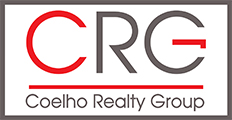BOSTON
Allston
What to find around the area:
-Green Line train station
-Harpers Ferry
-Ringer Park
About Allston- Allston is close to many colleges and universities in and around the City, so it’s known for its student population. But, in recent years, many immigrants and young professionals have moved to the area. Formerly known as “Little Cambridge,” Allston has had close ties to the original home of
Harvard since the College’s founding in 1636. Allston and the adjacent community of Brighton were part of Cambridge for their first 160 years. The first permanent residents of Little Cambridge crossed the Charles River from the Cambridge side.
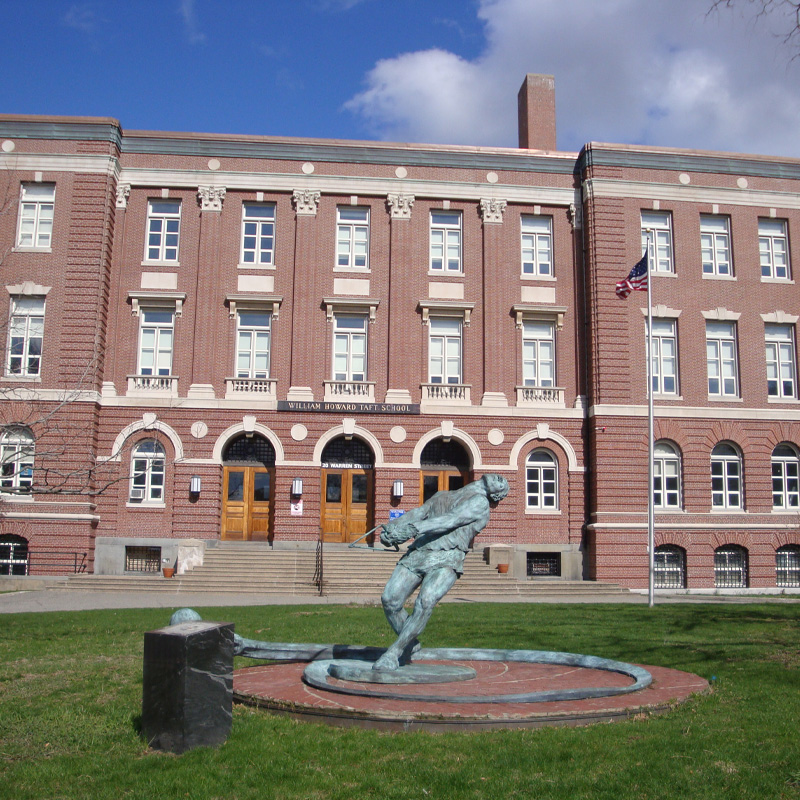
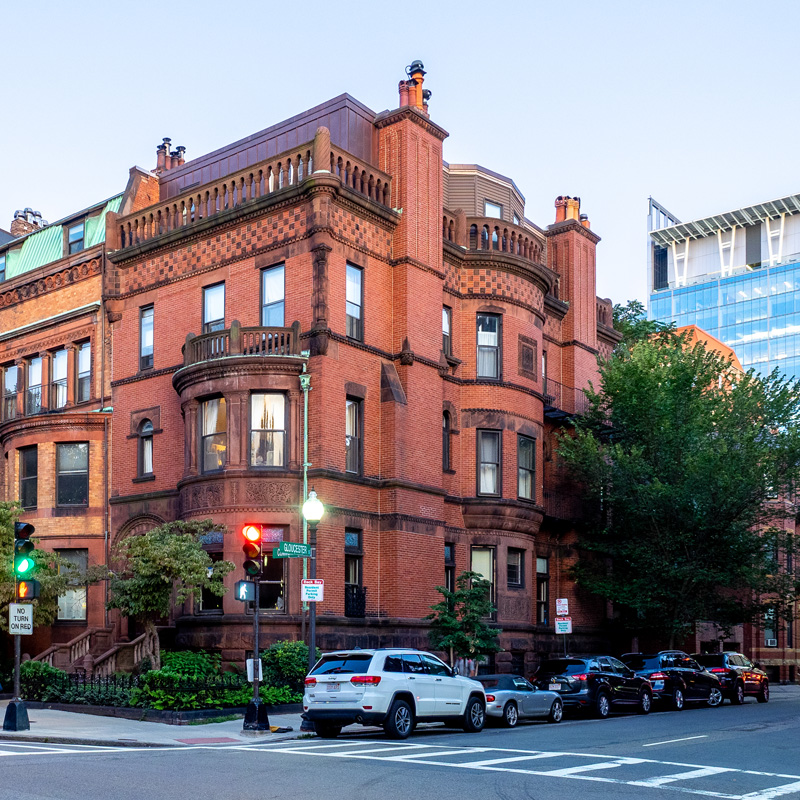
Back Bay
What to find around the area:
-Orange line train station – One of the tallest buildings in Boston Ma
-Prudential Building/ Shopping center
-Newbury st- (Shopping, dining, nightlife)
-Boston Public Library
About Back Bay- Home to Boston’s upscale shopping neighborhood, Newbury Street. The area used to be a watery part of the Charles River but was filled in with land in the late 1800s, after which many of the city’s wealthy residents flocked over and erected their beautiful Victorian homes.
Beacon Hill
What to find around the area:
-Green, orange, and red lines are all nearby train stations
-Boston public garden
-Massachusetts statehouse
-Freedom Trail
– Boston Common
About Beacon Hill -Step into Beacon Hill and you’re practically transported back in time. A walk down the narrow streets gives way to charming brick apartments and serves as a great workout as well. The affluent residents in this expensive neighborhood do an amazing job of maintaining adorable gardens and charming holiday decorations at different times of the year, so it’s always worth a stroll. The Massachusetts State House sits on top of this Hill, replacing the Old State House in 1795.
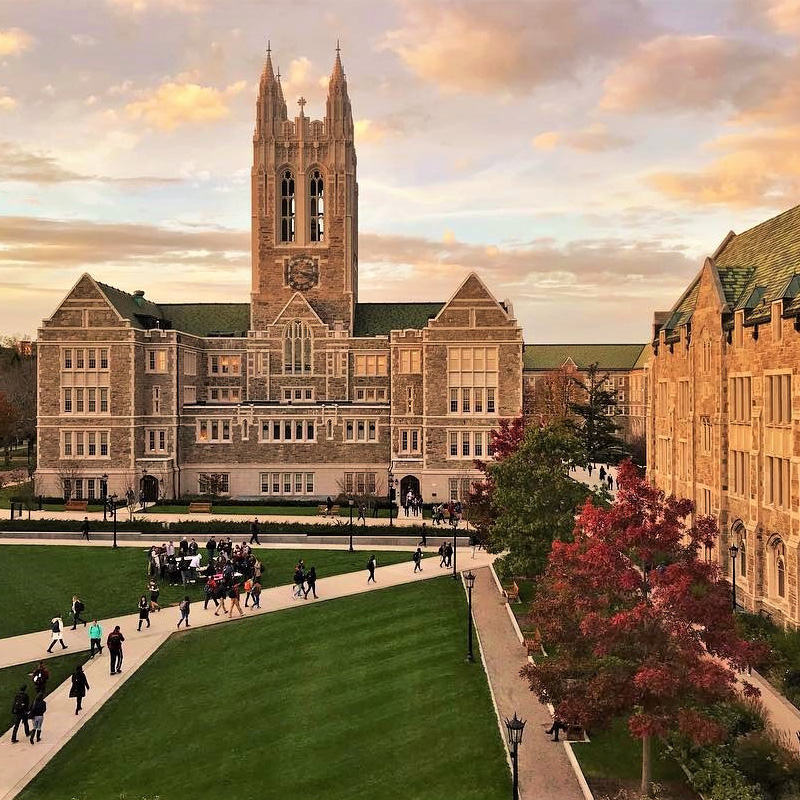
Brighton
What to find around the area:
-Purple commuter rail train stop
-Benjamin Franklin statue
-Alumni Stadium
-Boston College
About Brighton- It is named after the town of Brighton in the English city of Brighton and Hove. Initially, Brighton was part of Cambridge and known as “Little Cambridge”. Brighton separated from Cambridge in 1807 after a bridge dispute and was annexed to Boston in 1874. For much of its early history, it was a rural town with a significant commercial center at its eastern end.
Charlestown
What to find around the area:
-Red line train station
-Faneuil hall
-Museum of science
-Bunker Hill Monument -Bunker Hill Community College
About Charlestown- Charlestown is the oldest neighborhood within the city of Boston. It is on the north side of the City, on the banks of Boston Harbor and the Mystic River. The neighborhood has historical roots, but it has turned into a busy, modern-day neighborhood.

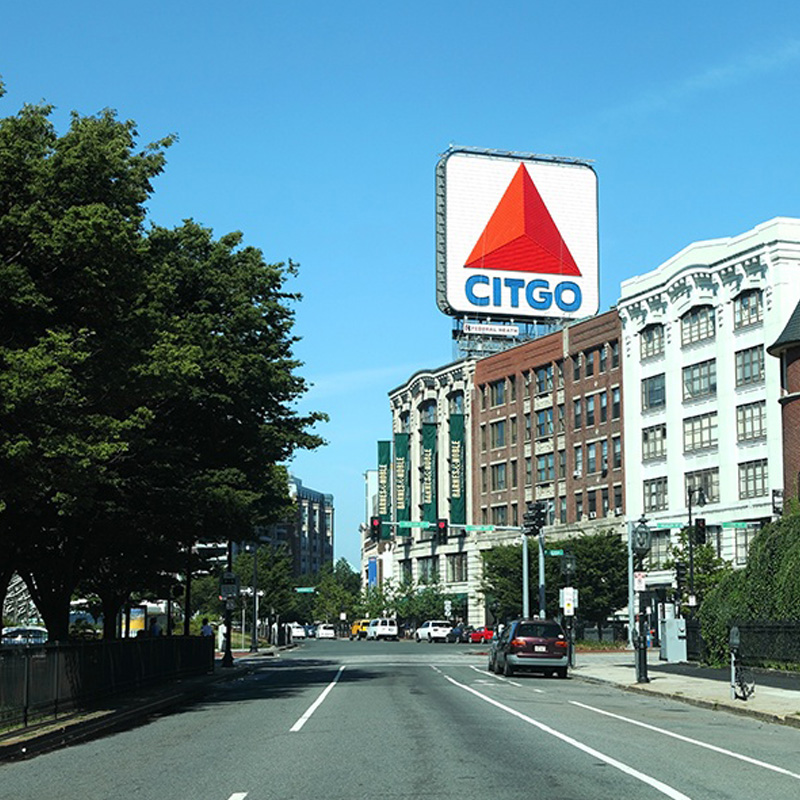
Fenway-Kenmore
What to find around the area:
-Orange line train station
-Fenway stadium
-Massachusetts historical society
-Emerald necklace conservancy
Neighborhood locals live in pretty tree-lined brownstones surrounded by parks in the quieter parts of the area. But over by Fenway Park, built-in 1912 and currently the oldest stadium in Major League Baseball, there are young bars, outdoor cafes, music venues, and plenty of other entertainment options that are open all night long and have been bumping for many years.
Downtown
What to find around the area:
-Blue, orange and redline stations
-Multiple shopping centers
-local restaurants and bars
-Boston common
-Boston public garden
-City hall plaza
-Movie theaters
-Paramount plaza
About Downtown-This bustling epicenter is home to dozens of businesses in Boston, as well as being a longtime hub for the government since the 1700s By the late 19th century, early skyscrapers began to make their appearance in Downtown Crossing as retail establishments evolved into major department stores and financial institutions moved beyond their traditional homes in the Post Office Square area.
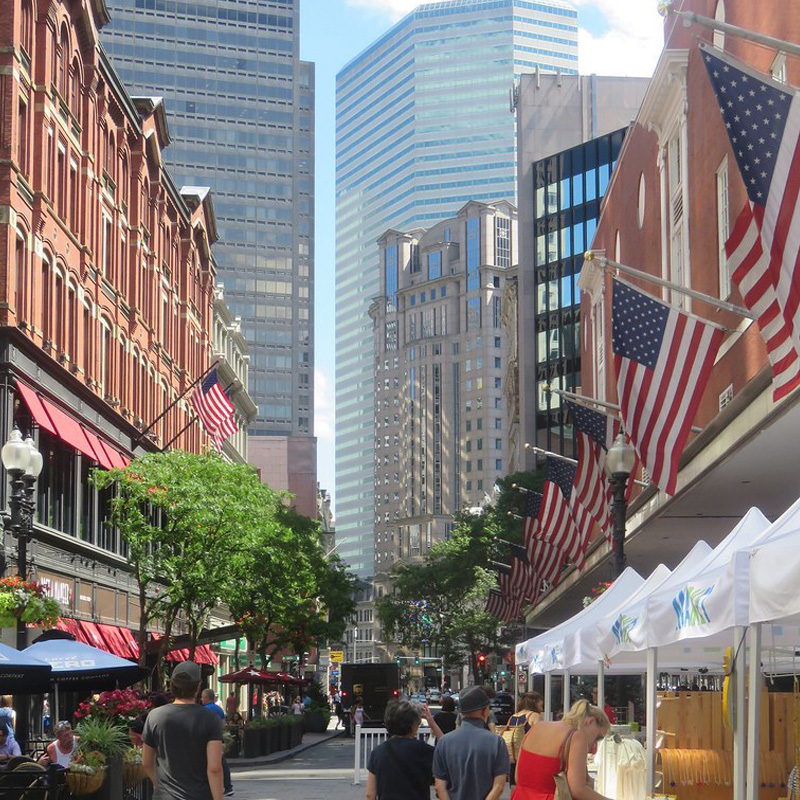

East Boston
What to find around the area:
– Blue line train station
-East Boston District Court
-Maverick Square (restaurants, bars, banks, hospitals)- Piers Park
-Constitution Beach
-Madonna Shrine
About East Boston-East Boston, nicknamed Eastie, is a neighborhood of Boston, Massachusetts with over 40,000 residents. The neighborhood was created by connecting several islands using land fill. It was annexed by Boston in 1836. It is separated from downtown Boston by Boston Harbor and bordered by Winthrop, Revere, and the Chelsea Creek.
North End
What to find around the area:
-Green and orange line train stations
-Local family-owned business
– popular restaurants
-Active nightlife options (bars,pubs,clubs)
-Paul revere statue
-Old North Church
About The North End -The North End is a neighborhood of Boston, Massachusetts. It has the distinction of being the city’s oldest residential community, where people have continuously inhabited since it was settled in the 1630s. Though small, only 0.36 square miles, the neighborhood has nearly one hundred establishments and a variety of tourist attractions. It is known for its Italian American population and Italian restaurants.
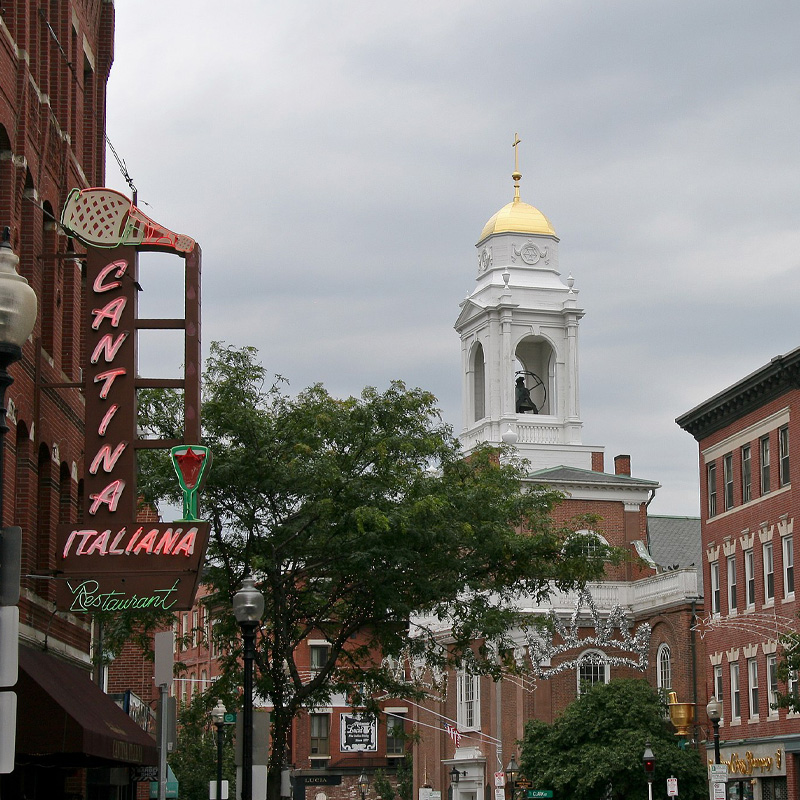
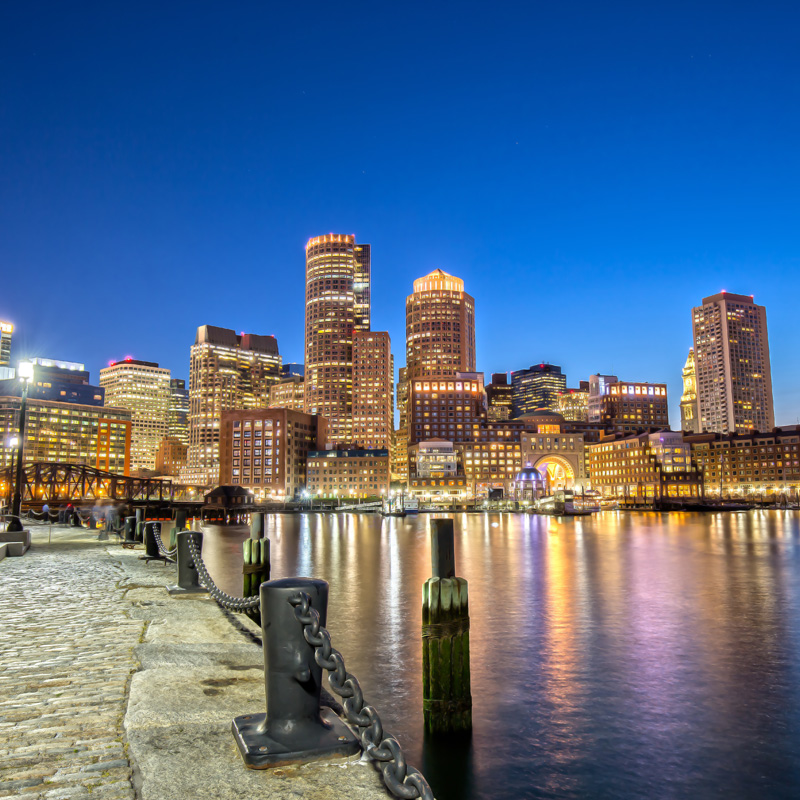
South Boston
What to find around the area:
-red and silver train station
-Gillet stadium
-Popular hotels
-Dorchester Heights
-Boston harbor National and state park
-Castle island
About South Boston- Traditionally, South Boston was a working-class neighborhood. It houses multiple industries and businesses like Gillette, which still employs many locals today. The area is also transitioning to a trendy hotspot for restaurants, hotels, and bars, part of which is now referred to as the “Seaport District.” Residents enjoy the waterfront and the skyline views of downtown as well as the nearby beaches and parks. You will also find Dorchester Heights here, where George Washington’s army set up cannons to force the British out of Boston in 1776.
South End
What to find around the area:
-Orange line train station
– Griffin museum-Union park
-Blackstone square
-Local restaurants
About South End-Visitors find it exhilarating to explore the main streets and back streets of this vibrant community. Here you will see people in the latest fashion trends, artists, gay and lesbian couples, parents pushing carriages or strollers, and everywhere people walking dogs. The brick sidewalks, the rows of brownstone and brick townhouses with their tiny gardens, the parks, the playgrounds, and the community gardens are a visual treat. The South End’s social and cultural life stimulates the intellect and nourishes the spirit.
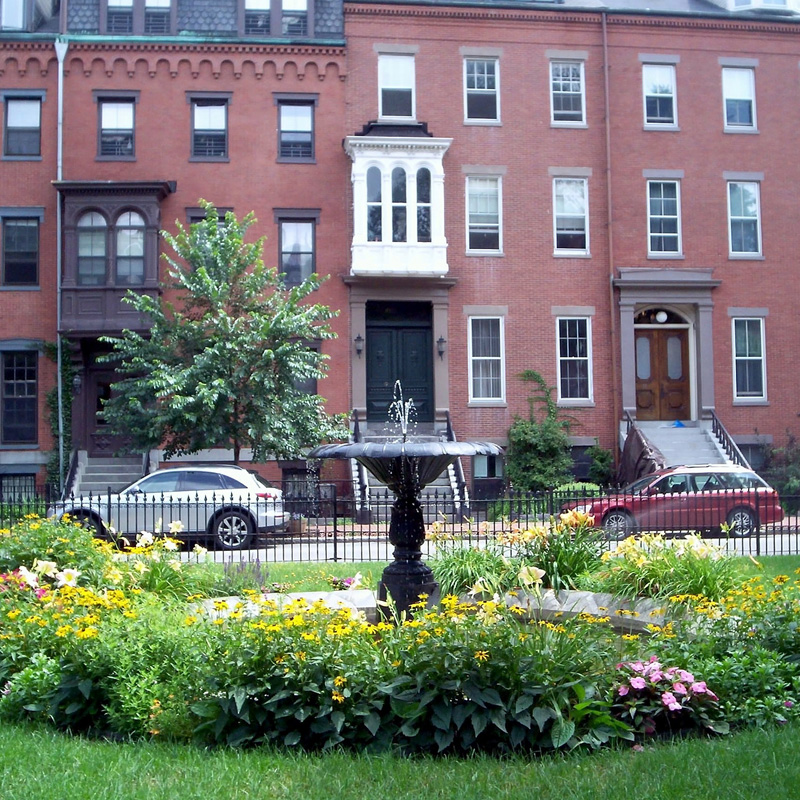
For more information visit https://www.boston.com/
